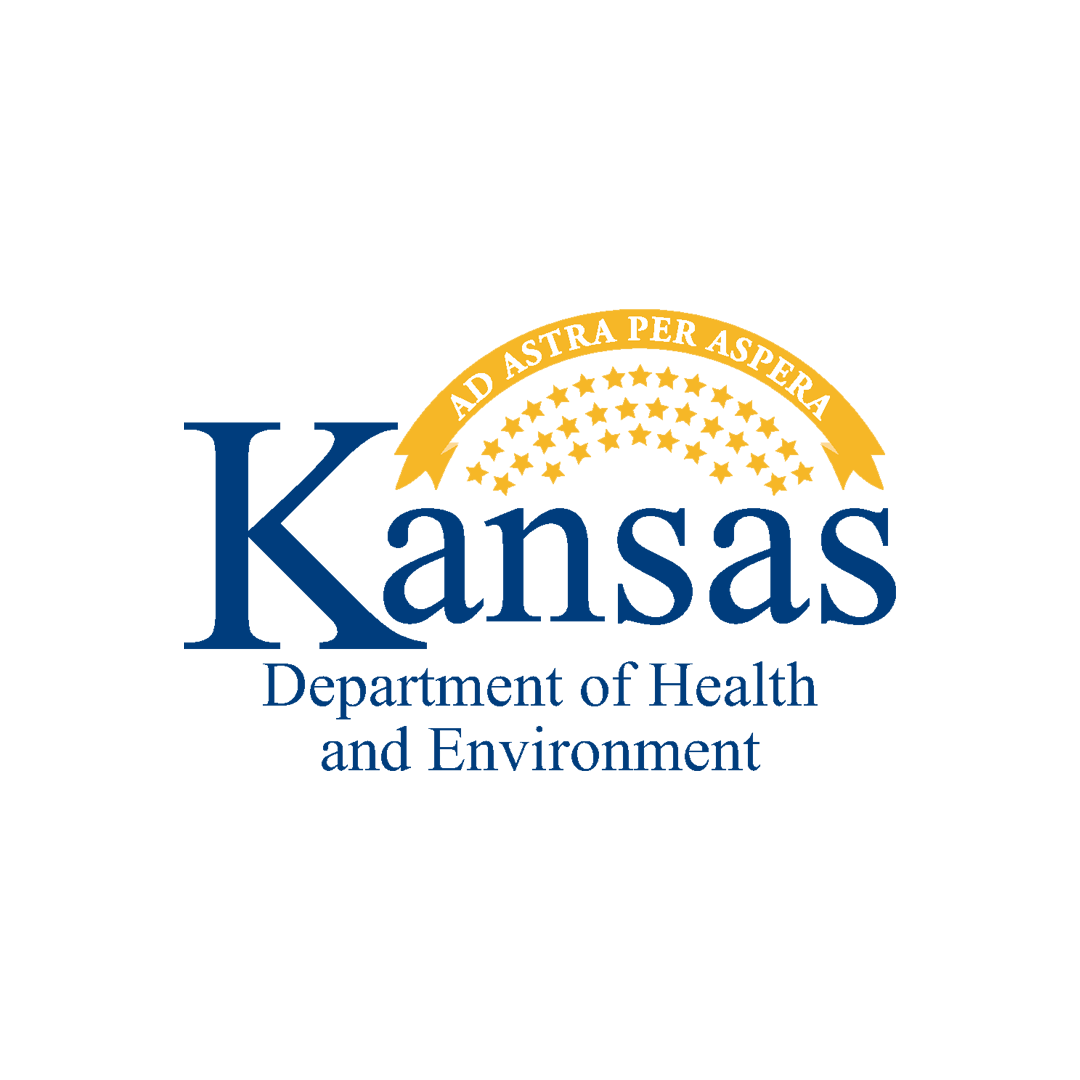
One Case of Measles Confirmed in a Kansas Resident
On Mar. 13, 2025, The Kansas Department of Health and Environment (KDHE) and the Stevens County Health Department reported a positive case of measles in a resident of Stevens County.
It was unknown whether this case was linked to any ongoing measles outbreaks in the United States. KDHE, along with the Stevens County Health Department, are notifying individuals who may have been exposed to this case of measles. This incident marked the first measles case in Kansas since 2018.
Early symptoms of measles are a fever of more than 101 degrees Fahrenheit, runny nose, cough, and red, watery eyes. Usually, one to four days after these early symptoms, a red rash appears on the face and spreads to the rest of the body. Measles symptoms typically develop 10-14 days after exposure. Symptoms can develop as soon as seven days and as long as 21 days after exposure.
Measles is a respiratory disease caused by a virus. Measles is spread through the air by breathing, coughing or sneezing. Measles can be spread from an infected person to others from four days before, to four days after the rash appears.
Because measles is a highly infectious disease, it is very important for anyone exposed and experiencing symptoms to isolate from others with the exception of visiting a health care provider.
The best way to prevent measles is to get the Measles, Mumps and Rubella (MMR) vaccine. The Centers for Disease Control and Prevention (CDC) recommends children get their first dose at 12 to 15 months of age, and a second dose at age 4 to 6 years. Infants ages 6 through 11 months old should get the MMR vaccination if traveling outside the United States. Adults are protected from measles if they have had at least
Tags:
Source: Kansas Department of Health and Environment
Credit:
